Selected answer and some others are all good. I just want give a more SQL pure explanation. It comes to same solution that there is no (valid) database owner.
Database owner account dbo which is mentioned in error is always created with database. So it seems strange that it doesn't exist but you can check with two selects (or one but let's keep it simple).
SELECT [name],[sid]
FROM [DB_NAME].[sys].[database_principals]
WHERE [name] = 'dbo'
which shows SID of dbo user in DB_NAME database and
SELECT [name],[sid]
FROM [sys].[syslogins]
to show all logins (and their SIDs) for this SQL server instance. Notice it didn't write any db_name prefix, that's because every database has same information in that view.
So in case of error above there will not be login with SID that is assigned to database dbo user.
As explained above that usually happens when restoring database from another computer (where database and dbo user were created by different login). And you can fix it by changing ownership to existing login.

